Bollywood films can be an acquired taste, though, even their keenest detractors can find time for Lagaan: Once Upon a Time in India. Released on June 15th, 2001, it earned itself 54 awards and 20 nominations, including an Academy Award nomination in 2002 for Best Foreign Language Film. Even 20 years on, it is regarded as one of the best Indian films around, even amongst those who are cooler on Mumbai’s musical film industry. Why is that?
It was directed by Ashutosh Gowariker (Swades 2004, Panipat 2019), who wrote the film alongside Kumar Dave (Prarambh 2004) and Sanjay Dayma (Ramji Londonwaley 2005), with K. P Saxena (Hulchul 2004) getting a credit for dialogue. Its story is about a village in rural India in the late 1800s. The entire region has been under the thumb of Captain Andrew Russell (Paul Blackthorne: Arrow series), on behalf of the British Empire.

When the rains eventually fail, leading to crop shortages, the region’s Rajah, Puran Singh (Kulbhushan Kharbanda: Hera Pheri 2000) asks for a tax reduction. Instead, Russell challenges the villagers to a game of cricket: if he and his team win, the villagers will pay triple the usual tax. But if the villagers win, they will pay nothing at all. The villagers do not fancy their chances, yet one of them – Bhuvan (Aamir Khan: Like Stars on Earth 2007) – is willing to form a team. Can they do it or will they be ruined?
On the surface, this is an odd premise for a film. It is similar to a stereotypical 1980s sports movie, only instead of a corporation threatening to close down the youth centre, it is a colonial power trying to starve a whole region for profit. Pretty high stakes! And while the story is not based on actual events, the British Raj lording over Indians of all classes has an all too familiar historical backing.
That said, a sports film musical set in oppressive times sounds like it could go wrong. It could be seen as inappropriate; imagine 1997’s Amistad with songs and a baseball game. However, Lagaan: Once Upon a Time in India manages to balance out its tone quite well.
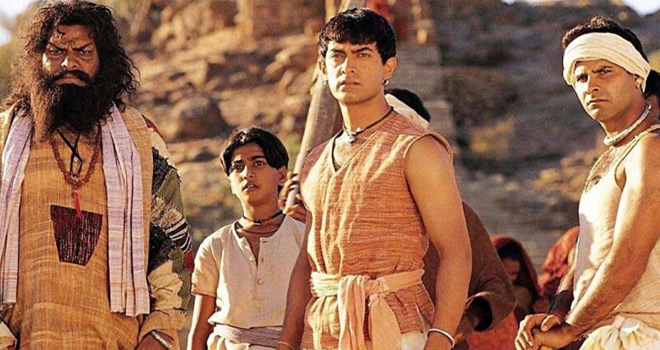
The cricket game is treated seriously by Bhuvan and his villagers, with him training his team through proper scenes rather than an 1980s-style montage. It also tests how the villagers see their locals, as they learn to accept help from other castes (Bhuvan accepting an ‘untouchable’ on the team) and other cultures. Notably, Russell’s own sister Elizabeth (Rachel Shelley: The L Word series), helps them with the rules via interpreter.
The film forms a kind of love triangle subplot between Bhuvan, Elizabeth and Bhuvan’s betrothed, Gauri (Gracy Singh: Munna Bhai MBBS 2003). It features most of the musical numbers, be it Bhuvan assuring her of his love or a battle of the sexes-themed piece. That said, it does not detract from the main drama. If anything, it adds to it, particularly when Bhuvan explains the Hindu story of Radha’s unrequited love for Krishna to Elizabeth. Between her and Gauri, one is destined to be the Radha to Bhuvan’s Krishna—but which one?
Of course, the big game at the end is the highlight. It does feature a few clichés of the sports genre- the untouchable Kachra (Aditya Lakhia: Mission Istaanbul 2008) being integral to the team, etc. Nonetheless it remains suspenseful in putting the odds against the villagers as they just about manage to stay in the game. Additionally, it highlights the film’s technical skills, especially in the editing.
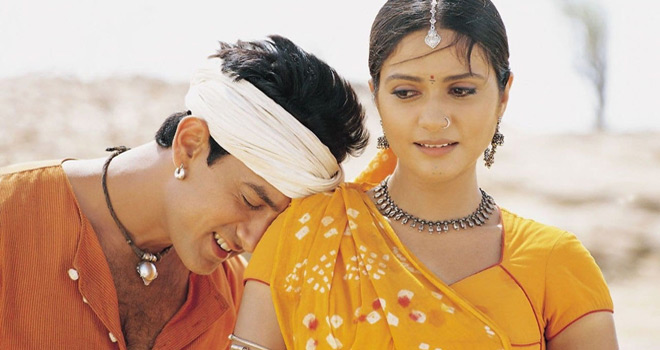
That said, does it have any lowlights? Well, if one prefers dubs, they will be out of luck. The language divide between the Indians and English is key to the film. Blackthorn manages his odd bits of Hindi dialogue well, though it can sound funny combined with his upper-crust English accent (“Totum hanko triple tax!”). Plus, while it is more restrained and serious than many Bollywood films, it still has a long runtime of 224 minutes, so anyone willing to give it a try is going to have to clear space in their schedule.
However, if they do, they will be duly rewarded. Lagaan: Once Upon a Time in India is a great film that balances seemingly disparate elements – historical drama, sports and musical numbers – into a solid package. The drama garners the audience’s sympathy, the sport their support, and the music is pretty good too. It is also one of the more accessible Bollywood films, being available on Netflix if one cannot find the DVD. So if anyone is ambivalent about Indian cinema, this film is the most likely one to change their mind.
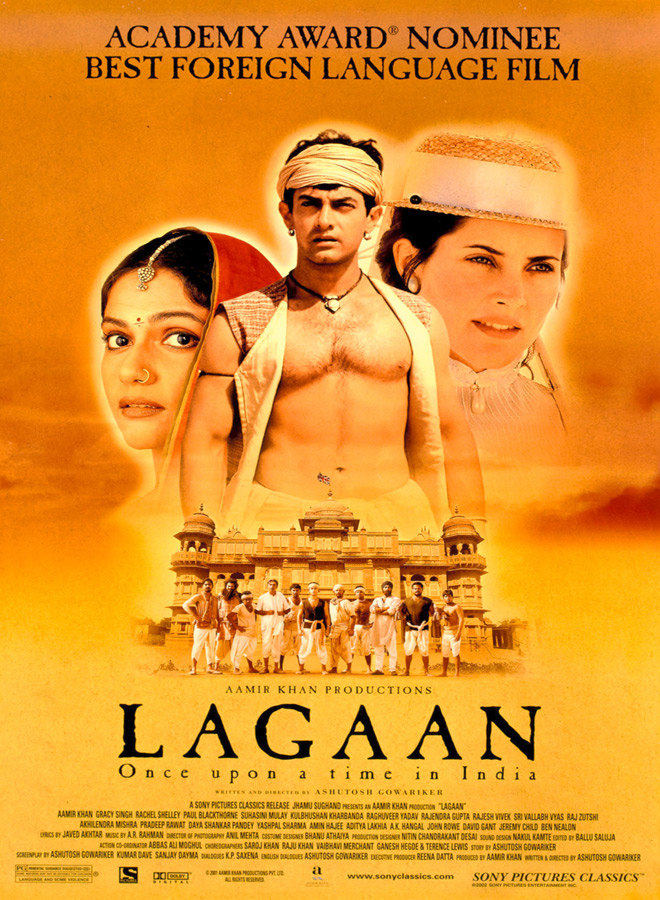
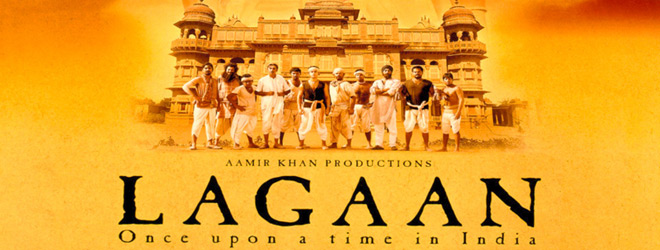
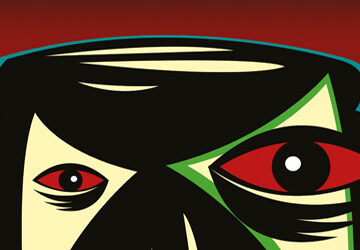
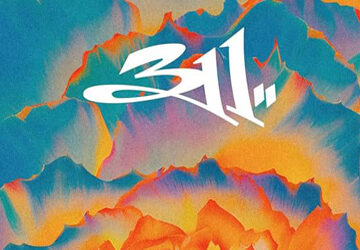


No comment